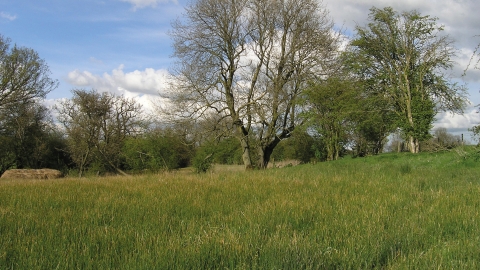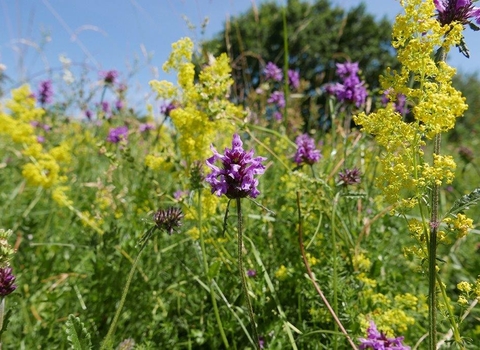
Dropshort marsh - John Pitts
Dropshort Marsh
Know before you go
Dogs
When to visit
Opening times
Open at all timesBest time to visit
March to May, June to AugustAbout the reserve
Not long ago, Toddington had many such wet meadows but today most of them have been drained, ploughed and converted to arable production. Dropshort Marsh is a living example of the traditional landscape that has now disappeared elsewhere.
Spring colour is provided by the yellows and pinks of marsh-marigold and ragged-robin, showing through the lush greens of rushes, sedges and grass. In summer, the flowers of marsh thistle attract meadow brown and marbled white butterflies, and goldfinches feed on the seeds later in the year.
Large pollarded willows line the course of a spring that flows through the reserve. A second spring feeds the marsh, towards the south-western end of this L-shaped meadow. Mature hedgerows of hazel, hawthorn and blackthorn provide autumn nuts and berries for foraging birds and small mammals.
We maintain a balance of scrub and grassland, removing scrub and grazing the site with cattle during spring and summer, before it becomes too wet.
Additional information
- Scroll down to see the reserve boundary. Please note the boundary map is for indication purposes only and does not show the Wildlife Trusts definitive land boundary.
FOR ANY MEDIA ENQUIRIES PLEASE CONTACT OUR COMMUNICATIONS TEAM: communicationsteam@wildlifebcn.org or 01954 713500 and ask for comms team.

